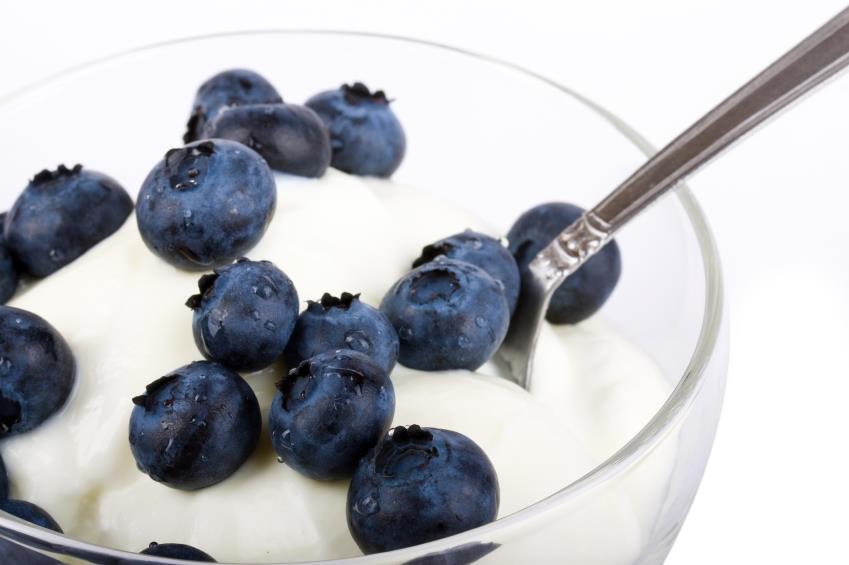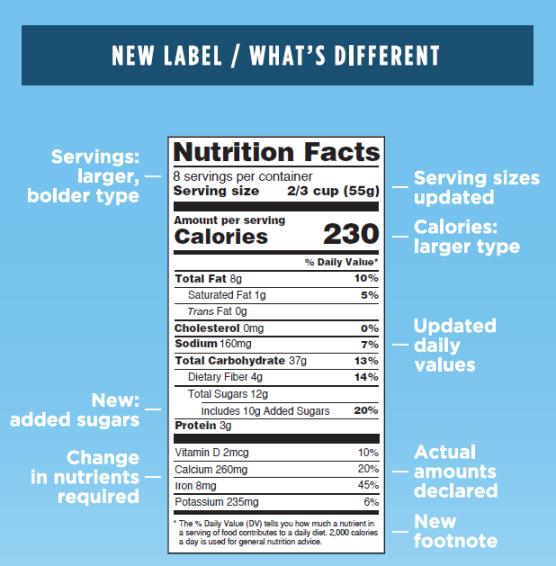PROGRAM IMPROVEMENTS
New – Food Serving Count System and Resulting HEI SAS Code Changes for NDSR 2019
The NCC Food Group Serving Count System has been expanded to include six new food groups:
- Unsweetened Flavored Milk Beverage Powder with Non-fat Dry Milk
- Unsweetened Flavored Milk Beverage Powder without Non-fat Dry Milk
- Yogurt – Unsweetened Whole Milk
- Yogurt – Unsweetened Low Fat
- Yogurt – Unsweetened Fat Free
- Dairy-based Unsweetened Meal Replacement/Supplement
These new food groups will help clients who are interested in differentiating between flavored milk beverage powders, yogurts, and dairy-based meal replacements/supplements that are unsweetened vs artificially sweetened (previously unsweetened products were classified in the ‘artificially sweetened’ categories for these foods).
The addition of these food groups has implications for calculating Healthy Eating Index (HEI) 2015 scores, and thus NCC has made new SAS code available on the NCC website for calculating the HEI 2015. It is recommended that you use the new SAS code instead of the previous code if you are using data collected in or restored in NDSR 2019 or a subsequent version of the program.
New – Updated Daily Values (DV) Report
A new Nutrition Fact label is coming to the marketplace, with the new label already appearing on some food products in anticipation of the mandatory implementation date of January 1, 2020 (smaller manufacturers have until January 1, 2021 to comply).
The new label has a myriad of changes. To summarize, added sugars and vitamin D are required on the new label, and the Daily Value (DV) levels for many of the label nutrients have changed to reflect current recommended intake levels. For some nutrients the unit has changed. Most notably, vitamin D is in mcg on the new label instead of IU. Also, folic acid is in the unit of mcg Dietary Folate Equivalents (DFE) instead of mcg. To keep pace with this change, the Daily Values (DV) Report in NDSR 2019 aligns with the new label.
FOOD AND NUTRIENT DATABASE UPDATES AND ADDITIONS
New Nutrients – Lignans
NDSR now includes Total Lignans and four of its subtypes: Secoisolariciresinol, Matairesinol, Lariciresinol, and Pinoresinol. Lignans are a large group of polyphenols present in a wide variety of plant foods, including seeds (flax, pumpkin, sunflower, poppy, sesame), whole grains (rye, oats, barley), bran (wheat, oat, rye), beans, fruit (particularly berries), and vegetables.
Database Improvements in NDSR 2019
- The FNDDS 2015-2016 Database was used to update foods with nutrient and non-nutrient data.
- The Legacy Release of the USDA National Nutrient Database for Standard Reference was used to update foods with nutrient and non-nutrient (e.g. density, food specific units, etc.) data.
- The yogurt category has been updated. This process included updating existing brands and adding several new brands that have emerged in the marketplace. Over 250 brand name yogurts are in NDSR 2019. While updating, we noticed a number of marketplace trends that make yogurts today different than those available the last time we updated this category. Most notably, the types of sweeteners used in yogurt have shifted. To summarize, acesulfame potassium/sucralose and Stevia/sugar blends appear to be more common, while aspartame is no longer used.
- Juice and juice drinks have been updated. This process included updating existing brands and adding several new brands that have emerged in the marketplace, with over 100 brand name juice and juice drinks included in NDSR 2019. While updating, we noticed that some manufacturers are reducing the sugar content of their juice drinks by using a combination of sugar and an artificial sweetener (e.g. Stevia or sucralose).
- New options for entering watermelon were added. The standard slice that has been in NDSR is a very large slice–a cylinder that is a full cross-section of a 7 1/2″ diameter watermelon which is equivalent to about 1.88 cups of watermelon. In NDSR 2019, this is now called the extra large slice. In addition to this pre-existing slice, there are now options for 1/8 of that cylinder as a small slice, 1/4 of that cylinder as a medium slice, and 1/2 of that cylinder as a large slice. Another new unit that is available is fruit only: chunk, 2″ x 1″ x 1″ (without rind). This can be used if a chunk of watermelon is reported without specified dimensions. For more information see the June 2019 News Bite.
- Many additional food categories were updated to better reflect the products available in the marketplace. These updates include:
- The following commercial entrée brands: Chef Boyardee, Jenny Craig, Kashi, Michelina’s, and Smucker’s Uncrustables.
- The following fast food restaurants: Arby’s, Boston Market, Burger King, Chipotle, Church’s Chicken, Jack In The Box, McDonald’s, and Subway.
- Ready-to-eat cereals: Attune Foods, Barbara’s, Familia Swiss Muesli, Kashi, and Kretschmer.
- Pancake and waffle mixes.
- New foods that have been added to this version of NDSR include:
- Bone broth
- Chili con queso with meat
- Clarified butter (ghee)
- Gluten free Bisquick
- Gluten free pancake mix
- Jelly sandwich
- Sweet potato puffs
- Taco Bell breakfast items


